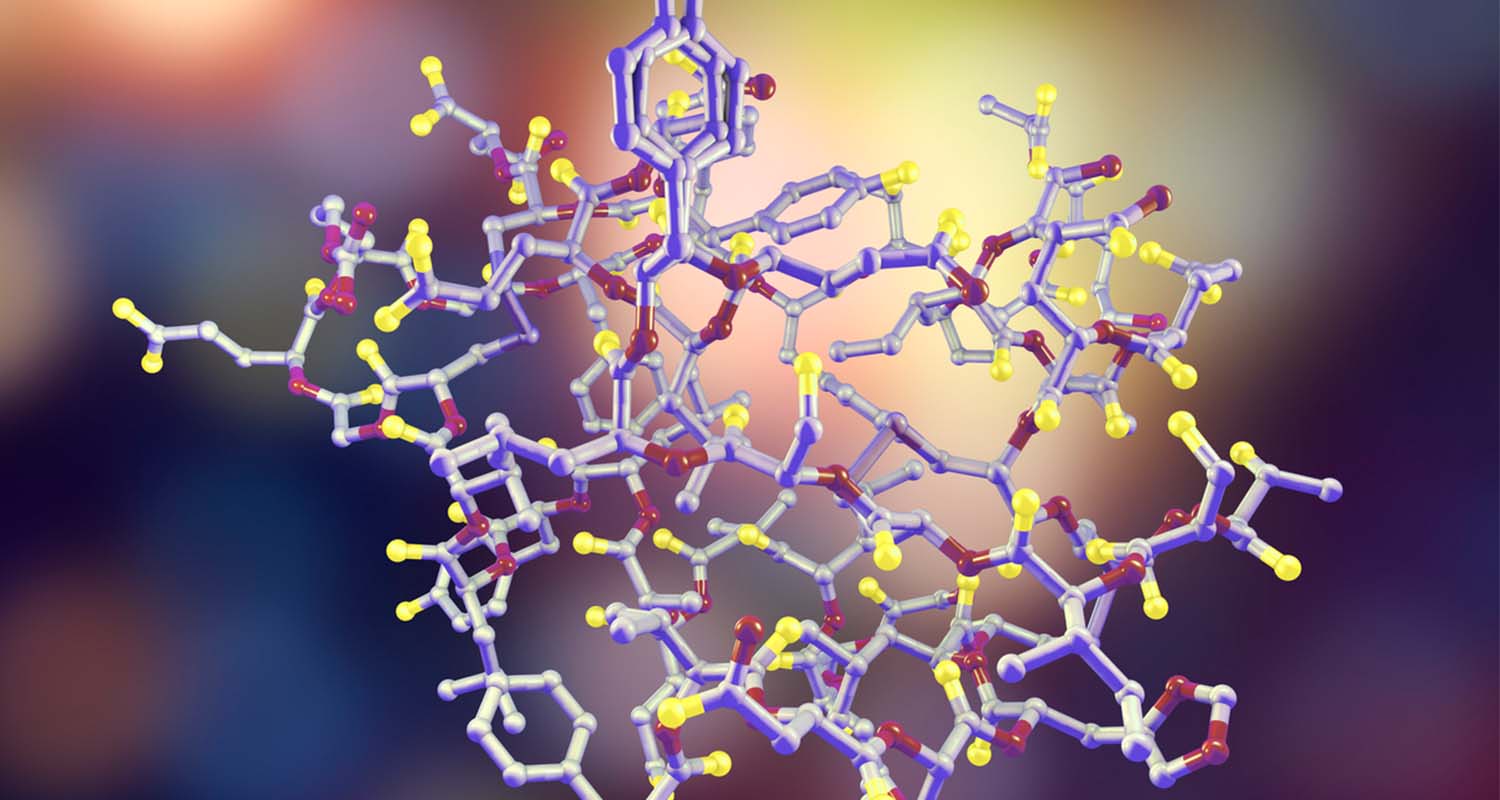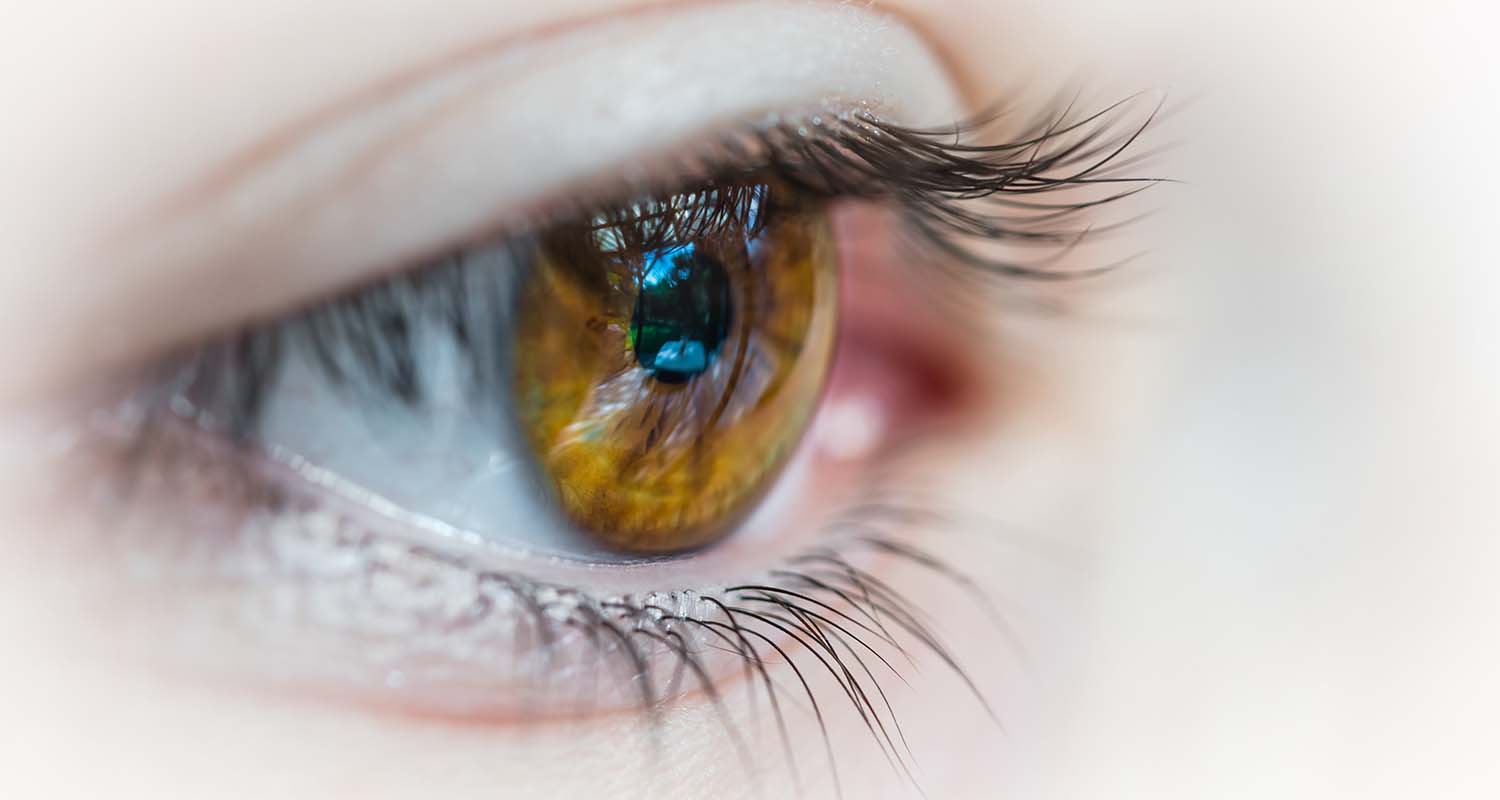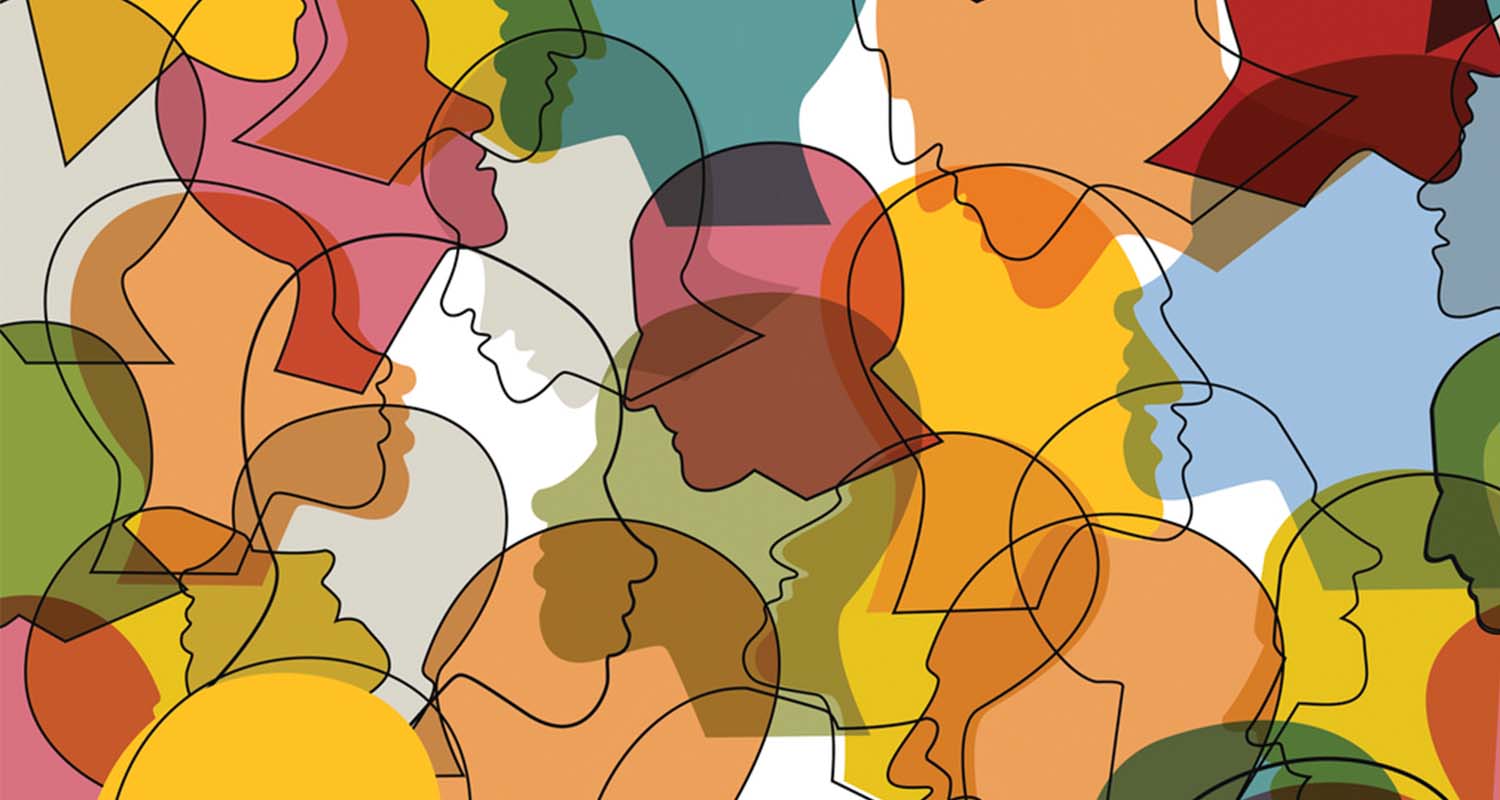The body-positive movement has boosted self-image and self-esteem for people of all shapes and sizes. But according to new research, this trend towards plus-size acceptance[ref url=”https://onlinelibrary.wiley.com/doi/full/10.1002/oby.22204″] might prevent obese people from fully acknowledging that they are overweight, putting them at risk of serious health problems down the line like heart disease and diabetes.
Related: Get free guides, ebooks, recipes and more to supercharge your health
Men and women alike misjudge their actual weight
A health survey of more than 23,000 people considered overweight or obese compared their own perception of their body weight to their actual weight. The findings revealed that 60 percent of men believed they weighed less than they actually do, compared to 30 percent of women. Meanwhile, of those people who misjudged their body weight, 85 percent were less likely to try shed pounds than those who accurately perceived their weight.
A person’s socioeconomic status also impacts how they see their bodies. People of lower education levels (without a degree) and lower income, as well as minority groups, were more likely to underestimate their weight. Lead author Raya Muttarak noted that since health education and healthcare access are connected to overall health outcomes, there is a gap in self-perception between individuals with access to adequate information and care and those individuals who do not have those advantages.
While it’s a great goal to feel positive about yourself — no matter where you’re at — being overweight is linked to serious illnesses including diabetes[ref url=”https://jamanetwork.com/journals/jama/fullarticle/194179″], heart disease[ref url=”http://circ.ahajournals.org/content/67/5/968.short”], and some cancers.[ref url=”https://www.sciencedirect.com/science/article/pii/0959804994902542″] So it’s a good idea to get clear on what the scale is really telling you.
Examine the root cause of your weight issues with a functional medicine doctor
Being overweight is not an indicator of poor willpower. When dealing with weight issues, your body may not be digesting or metabolizing food properly due to some kind of imbalance in your system. Insulin resistance, adrenal fatigue, an underactive thyroid, candida overgrowth, and improper kidney function can all be the cause of excess weight. If this sounds like you, pay a visit to a functional medicine doctor, who will conduct tests to determine the root cause of your weight issues.
Many of the concerns that contribute to obesity can be addressed through healthy dietary changes that will get your hormones and gut bacteria in check, so they’re working with — not against — you. This is very different from the typical weight-loss diet, where you restrict calories and deprive yourself of satiating foods in hopes of dramatic weight loss. Research shows that starvation diets don’t work. Eventually, you’ll hit a plateau, get frustrated, and regain all the weight you lost, plus more.
Instead, heal your system imbalances with nutritious foods like good quality proteins, healthy fats, and plenty of vegetables. These will nourish your body, and your brain, helping you to feel your best.













